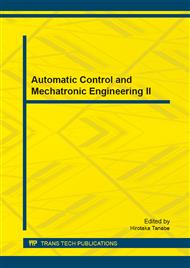p.590
p.597
p.602
p.606
p.610
p.614
p.618
p.623
p.627
Roller Bearings and Analytical Expression of Selected Cutting Tools Durability in Machining Process of Steel 80MoCrV4016
Abstract:
Technical science defines a lot of different factors, that they may be cause of shorter cutting tool lifetime. For increase of cutting tool durability is necessary maximally possible elimination of these factors. Determination of cutting tool durability is very important, because provides comprehensive information how to determine appropriate technological conditions for selected cutting tool. The analytical expression of dependence represents very important part of experiments, because all tested processes can be described and defined by formula. These instructions, how to proceed in experiments are obtained in standard ISO 3685. Very important and often used standard ISO in engineering practice is standard ISO 3685. The main part of this standard is T-vc dependence for cutting materials. In standard ISO 3685 are included cutting materials made of high speed steel, sintered carbide and cutting ceramic. The article describes process how to define and to analytically express T-vc dependence for cutting tools made of ceramic in machining process of steel 80MoCrV4016.
Info:
Periodical:
Pages:
610-613
Citation:
Online since:
September 2013
Authors:
Keywords:
Price:
Сopyright:
© 2013 Trans Tech Publications Ltd. All Rights Reserved
Share:
Citation:


